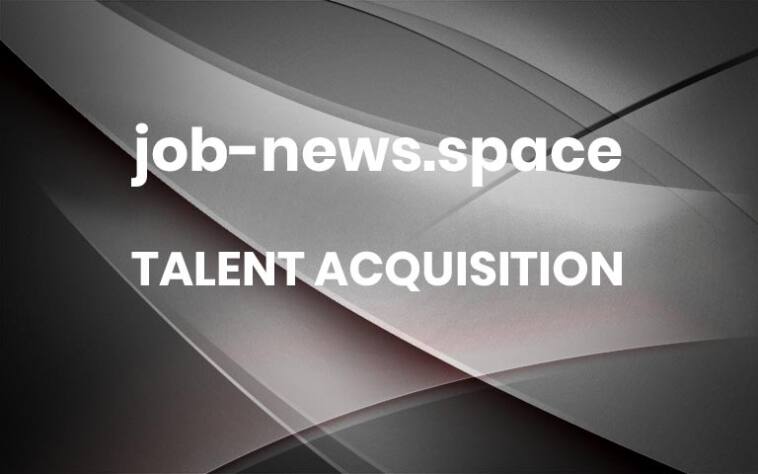5 Smart Ways Talent Teams Can Use AI to Streamline Recruitment
Recruitment teams are no strangers to pressure. With job applications surging, up by 42% year over year, there’s a growing strain on resources, tools, and time. Yet while job seekers are rapidly adopting AI to optimize their resumes and cover letters, many recruiters are still navigating how best to bring AI into their own workflows.…
5 Smart Ways Talent Teams Can Use AI to Streamline Recruitment Undercover Recruiter – More


